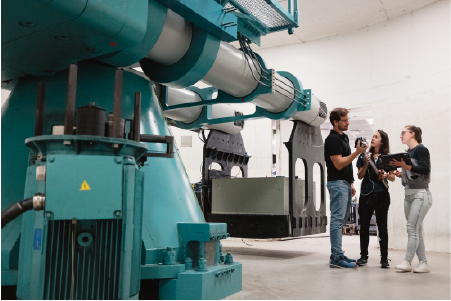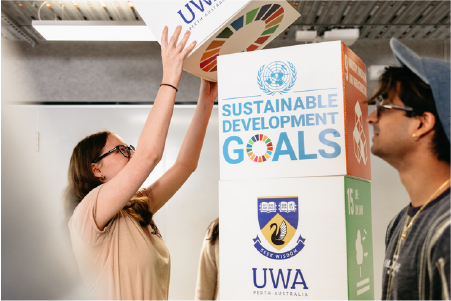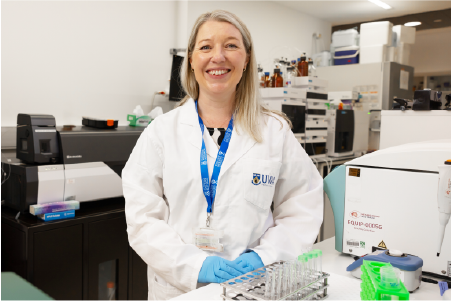
Research infrastructure
From the exciting realms of new digital data platforms to life-changing advances in the environmental and health fields, UWA’s leading edge infrastructure provide researchers and industry a springboard for the smartest minds to network, challenge thinking, and pursue research breakthroughs.
Whether you’re looking to tap into our facilities and resources, collaborate on ground-breaking research or find solutions to your biggest challenges, our experts and equipment have the capability to transform research projects and deliver impactful outcomes.
Tap into our world class infrastructure and expertise for your next project

Collections and Supporting Advanced Platforms
Digitisation Centre of Western Australia
Edward de Courcy Clarke Museum

Advanced Physics and Astronomy

Life Sciences/Complex Biology/Therapeutic Development
Histology@Cell Biology & Imaging Platform
Imaging@Cell Biology & Imaging Platform
Microscopy, Characterisation & Analysis
Population Health Research Network (PHRN)
Manufacturing and Advanced Fabrication
Australian National Fabrication Facility (ANFF)





